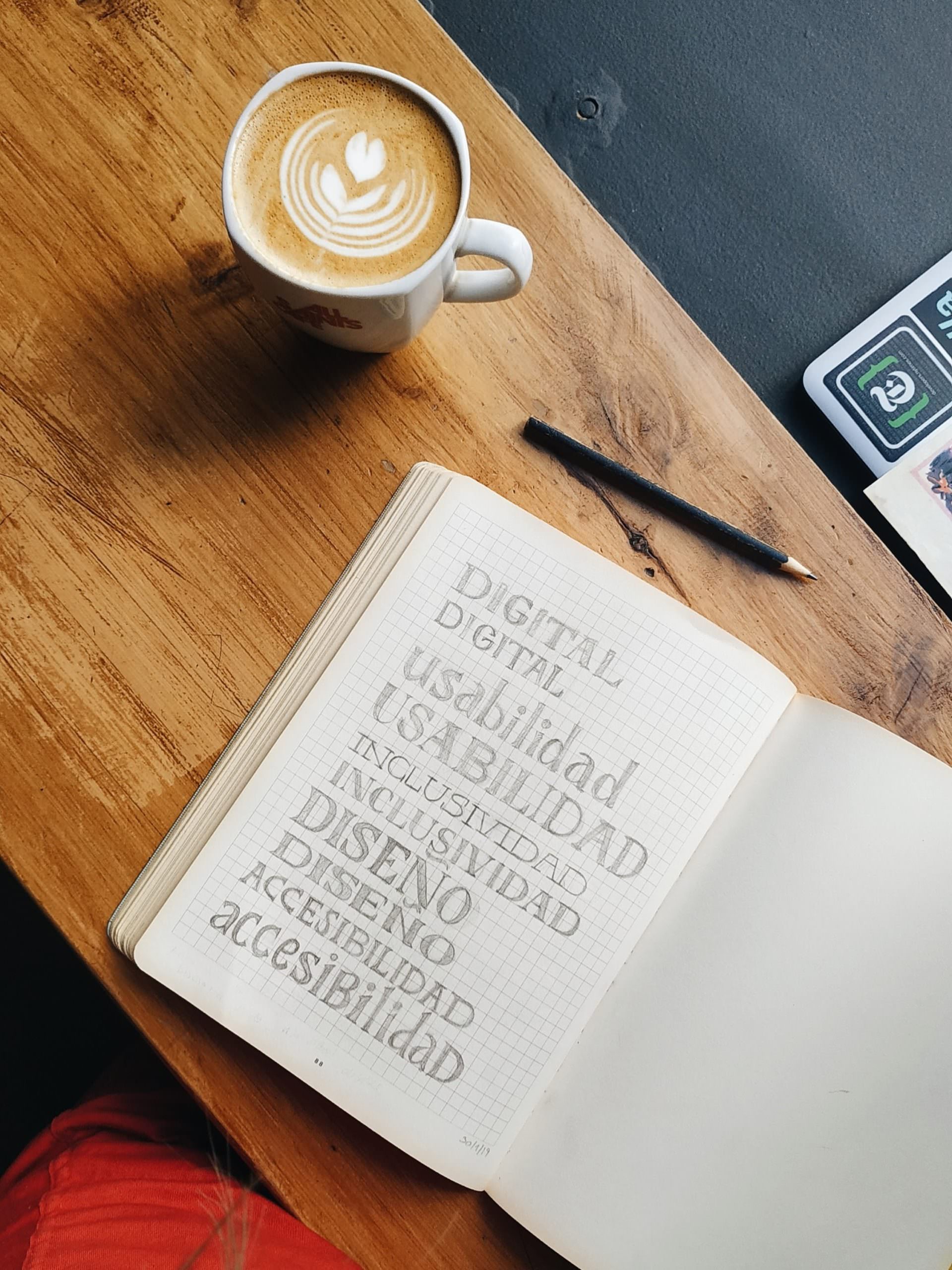Tag: HTML
HTML (Hypertext Markup Language) is the standard markup language used to create and structure content on web pages.
-
HTML: how to vertically center an object with CSS?
There are several ways to vertically center an object with CSS: align-content Property Since Google I/O 2024, a new CSS solution to vertically align an object was shown by the Chrome Development Team. Inside a block element it’s now possible to use the align-content property. The alignment works without additional html blocks or CSS definitions and…
-
UX improvements: `enterkeyhint` to define action label for the keyboard of mobile devices
enterkeyhint is a html attribute described in the HTML standard, which can be used to improve the context of action buttons of keyboards on mobile devices. The enterkeyhint content attribute is an enumerated attribute that specifies what action label (or icon) to present for the enter key on virtual keyboards. This allows authors to customize the presentation of the…
-
HTML5 Boilerplate – das Grundgerüst für HTML5
HTML5 Boilerplate bietet ein kompaktes Grundgerüst zum Gestalten von Webseiten oder wie auch ich es nicht besser ausdrücken kann: HTML5 Boilerplate ist ein professionelles HTML/CSS/JS-Template als Basis für eine schnelle, robuste und zukunftssichere Website.Nach mehr als zwei Jahren Entwicklung, bekommt ihr das beste der besten Techniken zusammengefasst: Cross-Browser-Normalisierung, Performance-Optimierungen und sogar optionale Features wie Cross-Domain…
-
Nicht mehr unterstütze bzw. veraltete Tags in HTML5
Im folgenden sind HTML-Tags aufgelistet, welche laut thtml in HTML5 nicht mehr unterstützt werden. Dazu gehören auch Tags wie beispielsweise <font> oder <center>. Wer allerdings schon ausgiebig mit CSS arbeitet, der sollte diese Tags sowieso bereits nicht mehr verwendet haben. Es gibt aber auch andere Tags, welche unter umständen noch verwendet wurden. Aber keine Angst,…


